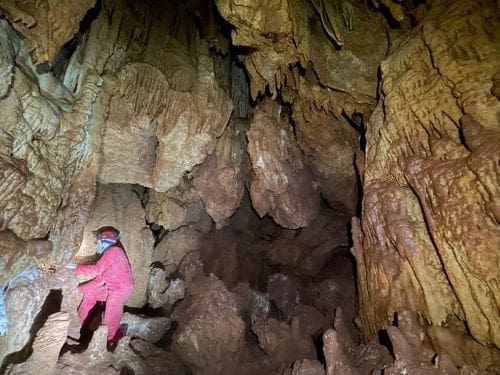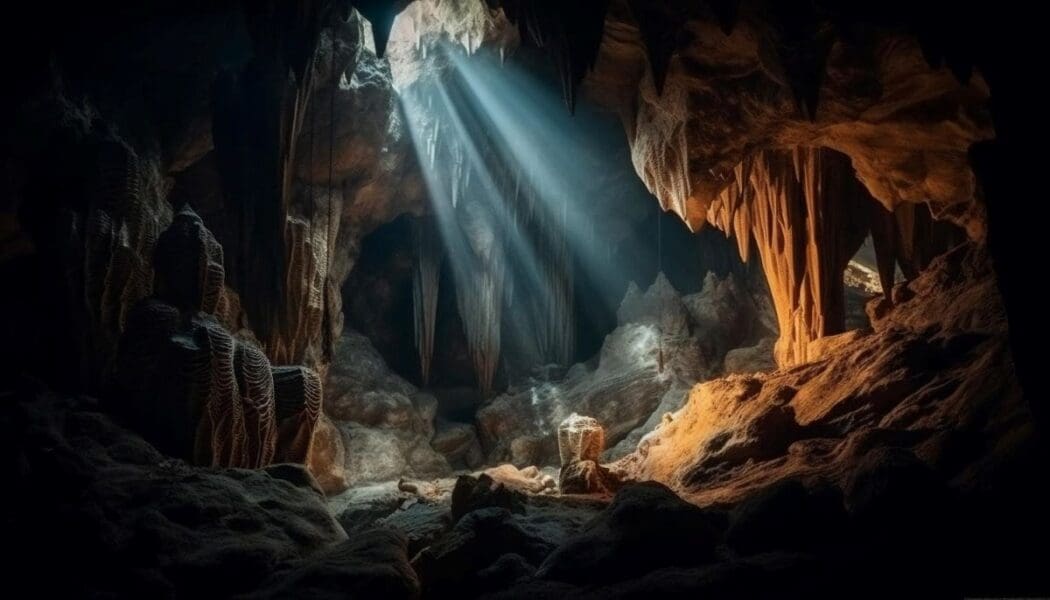An alarming international study, recently published in Scientific Reports, sheds light on the potential vulnerability of the world’s largest reserves of freshwater, housed in subterranean ecosystems, to the impacts of climate change.
Table of Contents
The study, conducted by an international research team and coordinated by Ana Sofia Reboleira from the Centre for Ecology, Evolution and Environmental Changes cE3c, at the University of Lisbon, delves into temperature variations in 12 caves across the globe.
Caves as ecosystem observatories

Caves, largely inaccessible to human beings, serve as natural observatories for scientists studying underground systems. These systems house the planet’s most substantial reserves of freshwater available for immediate human consumption. Furthermore, these subterranean ecosystems are inhabited by unique and highly adapted organisms that play a crucial role in maintaining the quality of freshwater reserves by recycling organic matter and contaminants.
The research team analyzed over 105,000 temperature measurements in caves situated in diverse climatic areas. The study identified three distinct patterns of thermal response in underground environments compared to surface temperatures. Despite annual temperature variations in caves being relatively small (ranging from 0.1ºC to 8.8ºC), the study revealed the interconnectedness between surface and subterranean temperature fluctuations.
Temperature reflection and climate change impact
In some instances, cave temperatures reflected surface temperatures with a slight delay, while in others, surface variations were rapidly mirrored underground. Strikingly, there were cases where an inverse pattern emerged, akin to a thermal mirror, where higher surface temperatures coincided with lower temperatures in the cave and vice versa. This correlation implies that the predicted rise in surface temperatures due to climate change will be mirrored in the underground environments, potentially jeopardizing the stability of freshwater reserves.
The study underscores the unpredictability of the consequences of temperature increases for underground ecosystems. Caves host communities of rare and unprotected species adapted to stable environments with minimal temperature variations. The rise in temperature, as anticipated with climate change, poses a significant threat to these unique ecosystems and, consequently, the quality of the world’s largest reserves of freshwater available for immediate consumption.
The research also unveiled the existence of daily thermal cycles in certain caves, challenging the conventional understanding of organisms in ecosystems devoid of sunlight. Despite lacking circadian rhythms, subterranean organisms demonstrated surprising adaptability to daily thermal cycles, suggesting a potential connection between these cycles and biological rhythms in underground organisms.
Global hotspots of biodiversity at risk
Several caves investigated in this study, including Planina in Slovenia, Viento in the Canaries, and Vale Telheiro in Portugal, are identified as global hotspots of underground biodiversity. The findings underscore the urgent need for conservation efforts to protect these vulnerable ecosystems from the escalating impacts of climate change.
The study’s revelations sound a critical alarm, emphasizing the interconnectedness between surface climate variations and the stability of subterranean ecosystems, which house the planet’s largest reserves of freshwater. Urgent global action is required to address climate change and mitigate its potential catastrophic impact on these invaluable underground water sources.
Journal Reference:
Medina, M.J., Antić, D., Borges, P.A.V. et al. ‘Temperature variation in caves and its significance for subterranean ecosystems’, Scientific Reports 13, 20735 (2023). DOI: 10.1038/s41598-023-48014-7
Article Source:
Press Release/Material by Faculty of Sciences | University of Lisbon
Featured image credit: vecstock | Freepik




